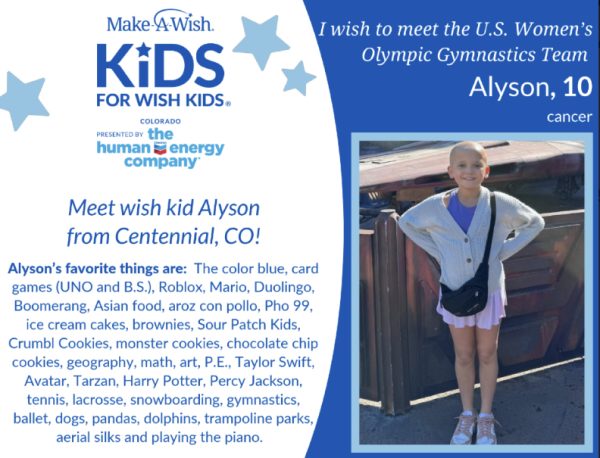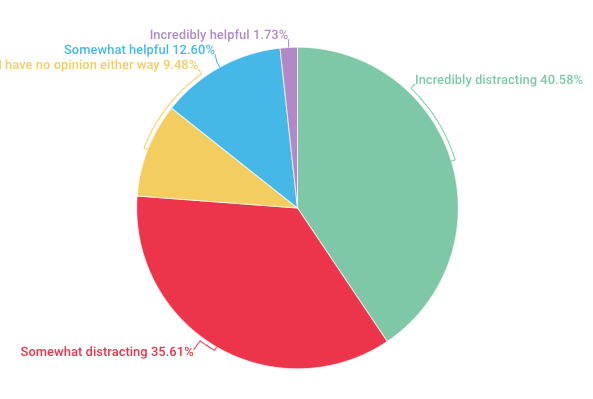Arapahoe: Five Years Later
December 13, 2013. The day that changed Arapahoe High School. No one that morning could imagine what would happen. It was a normal day turned catastrophic, after Karl Pierson entered Arapahoe and forever changed the Warrior community. Former Herald editor-in-chief, Maggie Hurlbut, perfectly stated “There was no need for a timeline of events or minute-by-minute breakdown of events that day, but rather we would highlight the events at which we gathered and reunited”. As a school and community, Arapahoe came together to mourn the loss of a fellow student and mend what had been broken.
Five years later, Arapahoe is still not fully mended. Though, it’s doubtful one may ever fully recover from such tragedy. Recovery is defined as “a return to a normal state of health, mind, or strength.”. By definition, survivors of the event may never experience a ‘normal’ state. What’s gone can’t be brought back. This raises the question, if things can’t ever return to the exact way they were before, what’s next? The truth is that grief and what happens after looks different for everyone.
There is no simple “one size fits all” solution. Each individual copes the best they can and tries to move forward.
After most tragedies, many who were present need some sort of help returning to normalcy. Symptoms and their length of existence vary, some more severe than others. “There is no timeline that students should ‘go back to normal'” says Arapahoe psychologist Kathryn Williams, “It is good for our bodies to get back into a routine so that our minds can think and process our emotions more clearly. If students continue to struggle with grief and tragedy, and are not able to get back into a routine, they may need to seek additional outside mental health support from a therapist trained in trauma. Having wraparound support from various people in our lives (caregivers, friends, teachers, family, etc) helps us return back to as much normalcy as possible”.
However, if proper action isn’t taken afterwards, some might develop more severe consequences. “More serious mental illnesses can develop if a student doesn’t work through and get support after a tragedy. This can include severe depression and anxiety”. It is not known how many students or staff went through such illnesses after the shooting, most likely it was a small portion of those involved. But no amount is insignificant. The effects in these people most likely linger in some way to this day.
What happened cannot be changed, and all there is left to do is to move forward. What has been done since to try and prevent another tragedy? When asked Deputy Englert, Arapahoe resource officer, who was present at the time of the shooting, stated “Before there were not two kiosks at the door where people come in and they should be addressed”. The addition of kiosks helped keep track of who entered the building. He also added that “post shooting there are two (resource officers) . . . it was just me for a long time”. But those aren’t the only precautions that have been put into place. “That’s the stuff that is out there, there’s a lot of stuff we did under the radar”
Obviously, different actions have been made to make Arapahoe less vulnerable. But Deputy Tipton, another Arapahoe resource officer, pointed out there is only so much we can do before relinquishing some of the freedom we have as students. “There is always something you can do to make something safer, nothing is 100% safe and we’re not a prison here and we don’t wanna be a prison, we are a school . . .The challenge is always going to be balancing as many safety protocols as we can have and an environment where kids are free to go across the street and go for lunch. That’s probably always going to be the struggle. Being as safe (as we can) while we try to keep a safe environment and as many safety protocols as we can. But we have to balance that with your ability to go home during your off period for lunch or going across the street to get a coffee and a bagel. That’s probably why we bore you guys to death with safety (but) we’re trying to be vigilant and present”.
I can never truly understand. Unless you were in Arapahoe High School on December 13, 2013, you will never know exactly how the students and faculty felt that day. You can’t feel the exact fear and confusion the families endured. Nobody can fully understand what the Davis family suffered through that day and those that followed. Claire Davis was described as a bright, smart girl. She was said to try to live life to the fullest and had a contagious happiness to her. A beautiful life lost much too soon.
Think about your own life for a second. Imagine all the impact you’ve had on others in your life. You may think it’s little, but every action has a reaction. Every thought, every decision. Whether one or twenty lives are lost, a giant chain reaction is set off. It stays with you for the rest of your life. We can’t turn back time, we can’t go back to before. So you learn to live in the after.
I believe our experiences define us. What I don’t believe, however, is that we don’t have control over how these experiences define us
— Meghan Moore
Former student body president Meghan Moore said, “A lot of people lately have been saying we shouldn’t let this event define us. But, to me, that has always seemed counterintuitive, because as humans, I believe our experiences define us. What I don’t believe however is that we don’t have control over how these experiences define us”. It made us redefine what it means to be Arapahoe High School. It showed us that we are a school that doesn’t let tragedy divide and ruin us. We are a school where hardships unite us and make us learn from our mistakes. It’s apart of us and our history. So how will we continue to let it define us? I do not have that answer. That’s something only time will tell.
“Nothing stays the same; it never will. All things must change. Some changes are minor, and some changes are very dramatic. . . The dramatic changes can be a bigger challenge to deal with, particularly those dramatic changes quickly without giving you warning or time to prepare. Those are the changes that can shake your being; the quantum leap- those are the events that have the most potential to break you, or move you forward in a meaningful way. . . Mrs. Davis and I sincerely hope that as you unfold and find meaning in all of this, you continue to realize kindness, compassion, forgiveness, and a conscious commitment to love one another.”
Michael Davis
Father of Claire Davis

Leanna Marcus is a senior and now the Editor in Chief of the Arapahoe Xtra/Spear. When's she's not writing for the website, Leanna can be found feeding...












Ms. Bownds • Dec 13, 2018 at 11:55 am
Leanna
This is a beautifully written & compassionate look at the past and how it has molded AHS into a community of people who care deeply, love strongly, and have grown from this tragedy. Nice job!